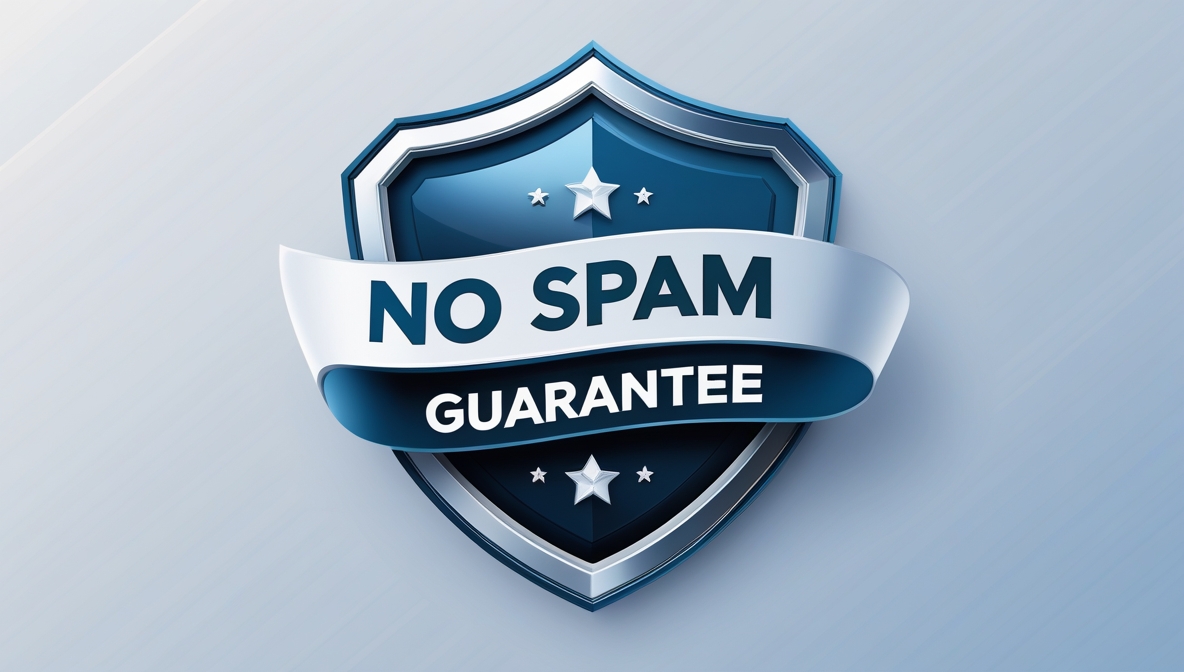This concluding article explores how digital communities create lasting business value through peer interaction, content generation, and network effects. It explains platform requirements, trust dynamics, risks, and whether this model fits your business strategy.
Discover the Community e-Business Model: Learn how user interaction, peer-generated content, and shared interests can create lasting value and differentiation in the digital ecosystem.
This series of articles discusses different types of e-Business models. To recap, the first article introduced the four core e-Business models:
- Information
- Transaction
- Knowledge
- Community
Part II described the Information-based e-Business model.
Part III discussed the Transaction-based model.
Part IV explored the Knowledge-based model.
This article completes the series by diving into the Community-based e-Business model.
e-Business Model: Community
If you’ve ever posted a product review, answered a question on a forum, or “liked” someone’s comment on a blog, congratulations—you’ve participated in a Community-based e-Business model!
The Community-based model uses the internet to connect people with shared interests and goals. It creates value not by broadcasting information or executing transactions, but by enabling interaction between users.
This is not your grandfather’s one-way marketing channel. This is the Wild West of customer engagement—dynamic, unpredictable, and occasionally unruly—but brimming with potential for creating deep, lasting relationships with your stakeholders.
What makes it tick?
At the core of the community model lies a simple truth: people trust people. Not press releases, not marketing copy, not call center scripts. And definitely not “experts” shouting at them from the mountaintop.
They trust other people like them. People who’ve been in their shoes. People who don’t have an agenda. That trust creates value. That value, in turn, creates competitive advantage.
How?
By turning users into creators. By letting customers help customers. By leveraging the wisdom (and often the passion) of the crowd.
When a customer reviews your product, when a developer contributes to your open-source platform, when a user helps another user troubleshoot an issue on your forum—you’ve just increased your value proposition without spending a dime on labor.
Pretty good deal, huh?
Why does it matter?
1. Engagement: People don’t just visit—they participate. That’s a big deal. When users are invested, they stick around. They come back. They bring their friends.
2. Trust & Transparency: It’s easier to believe a fellow customer than your copywriter. Honest reviews, forum threads, shared photos—these things create authenticity and trust. And trust leads to sales.
3. Scale: One employee can answer five calls. One passionate customer can answer 50 questions on your forum. Multiply that by thousands of users, and you’ve got exponential support capacity.
4. Innovation: Communities don’t just talk. They invent. They suggest features, create content, and even find bugs. In some cases, they build your product for you (see: Linux, WordPress, or any open-source project).
But isn’t it just social media?
Not quite.
Social media is a channel. A community is a structure. One is where you post. The other is where people live.
A community-based e-Business model requires intentional architecture:
- Moderation
- Incentives
- Shared purpose
- Technical infrastructure
Otherwise, what you have is chaos. Or worse, silence.
Examples, you ask?
LinkedIn – Professional networking turned into a value-generating machine. People recommend, connect, comment—and recruiters, advertisers, and job boards all monetize that activity.
TripAdvisor, Yelp, Amazon Reviews – The community doesn’t just provide the content. It is the content.
Salesforce Trailblazer Community – Users helping users. Training others. Driving product adoption.
Red Hat – Built an empire by productizing the work of a passionate open-source community.
YouTube – A media platform, sure. But at its core? A community of creators, critics, fans, and hobbyists.
So should everyone build a community?
Well, not so fast. This is not brochureware. It’s not a "set it and forget it" widget. A Community-based model is alive. It needs attention. It needs structure. And it needs a reason to exist.
Ask yourself:
- Do we have a passionate user base?
- Can we facilitate meaningful interaction?
- Do we have the resources to moderate and manage this?
- What’s in it for the user?
- How does this tie into our business model and objectives?
The tough decisions
As with other models, there are key questions you must answer before diving in:
1. Do we need this model?
If your users don’t want to talk to each other, don’t force it. Community for the sake of buzzwords is a recipe for tumbleweeds.
2. How deep should we go?
Maybe all you need is a review section. Maybe you’re ready for full-blown forums, upvotes, user profiles, badges, and karma points. Scale appropriately.
3. Should this model stand alone or support others?
Community works beautifully when it enhances other models. Product reviews support transactions. Forums can assist customer service. Think ecosystem, not silo.
4. How will we govern it?
The internet is not always a polite place. Define rules. Moderate with care. Protect your brand and your users.
In conclusion
A Community-based e-Business model isn’t for everyone. But when it fits, it can turn customers into advocates, support agents into facilitators, and websites into destinations.
It’s not the easiest model to pull off—but it might be the most powerful.
That completes our tour of the four core e-Business models.

